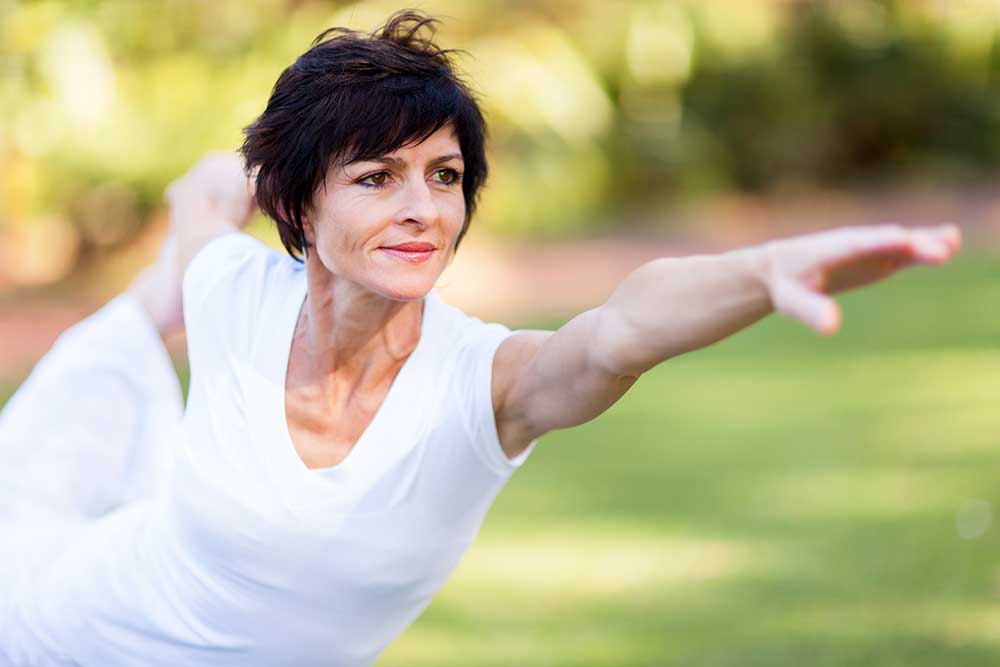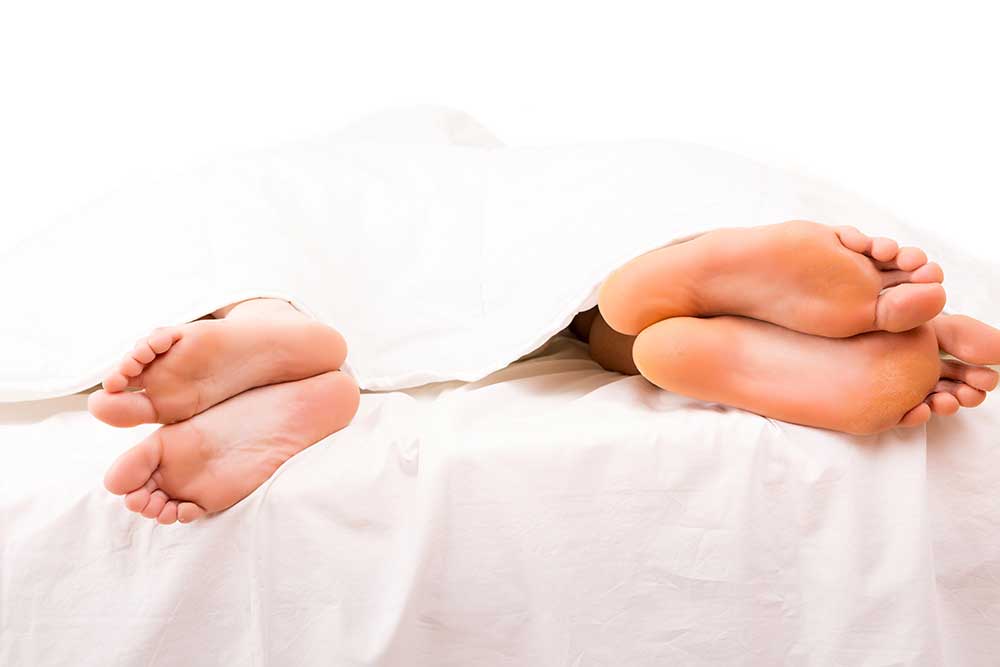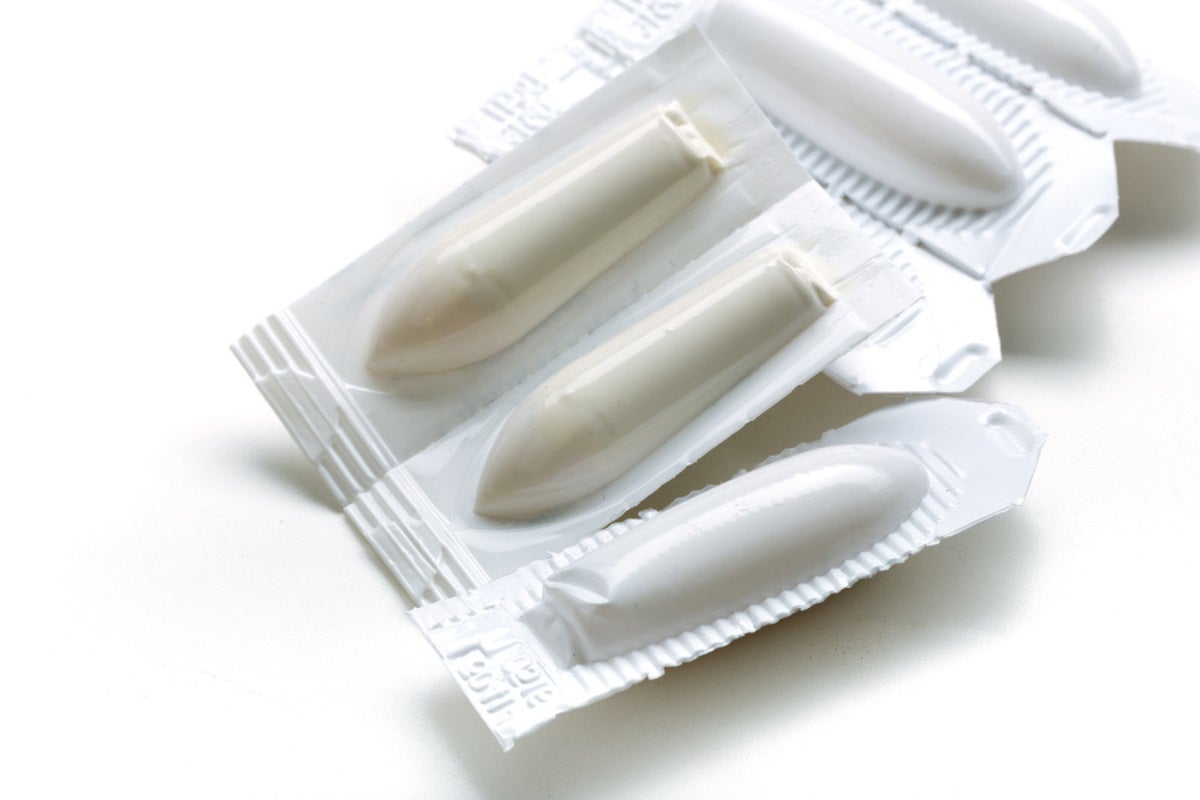Exercising during Menopause
You know that regular exercise is good for you, no matter how old you are. It’s good for your heart, bones, and muscles. It also helps you maintain a healthy weight. But did you know exercise can be especially important during menopause?
When menopause arrives, your body undergoes a number of changes. Surprisingly, many of the resulting symptoms of menopause can be relieved and even eliminated by regular exercise.
Menopause Changes
As you reach menopause, your bones might not be as strong as they once were. You may gain some extra weight around the middle or find yourself feeling stressed and depressed. Your heart may not be as healthy as it should be. And your risk for pelvic organ prolapse increases.
Exercise is one activity that can help minimize or reverse many of those unfavorable changes that go along with menopause. It can reduce stress, ease depression, help with weight loss, strengthen your bones, and promote cardiovascular health.
But which exercises are best? Will any do?
Best Exercises
1. Aerobics
There are a number of aerobic exercises that will let you burn calories while being good for your heart and bones. They include everything from raking leaves to dancing and swimming to tennis.
One of the best aerobic exercises you can do is walk. It’s good for your heart, bones, mood, and so much more. You can do it inside or outside, after work or during lunch, alone or with a friend. You can even wear weights and adjust your speed to make it a bit more challenging and beneficial.
High-impact aerobics are more intense and may involve activities where both of your feet leave the ground at the same time. These can include jumping, running, and biking. Low-impact activities are less stressful for your body and one foot tends to remain grounded at all times. Besides walking, low impact can include working around your home and yard or less intense aerobic or dance routines. You can alternate between both low and high impact choices. Remember, if you keep it fun and engaging, you’ll be more apt to stick with your exercise routine.
2. Strengthening Exercises
These exercises can help you burn fat, speed up your metabolism, increase muscle mass, and strengthen bones. You can use a combination of free weights, resistance bands, and weight machines. Joining a gym can give you access to a number of different types of exercise equipment and weight machines. If you don’t want to buy a gym membership, however, you can get creative at home with smaller dumbbells, cans of vegetables, and exercise bands.
3. Stretching Exercises
These types of exercises can increase your flexibility, helping with stiffness and balance. They can also help you relax and alleviate stress. Stretching exercises should address every major body part – from head to toe. They can include lunges, neck and shoulder rolls, trunk twists, bicep stretches, toe touches, and more. Also try yoga or Tai Chi, both of which can be especially helpful for alleviating stress, depression, and mood swings.
4. Core Exercises
Extra fat can creep in around your middle during menopause, so strengthening your core is very helpful. Crunches and sit-ups are common exercises for your abs, and you can also try a plank workout and different types of squats. Adding an exercise ball is also one way to mix up your routine. At a gym, you may also be able to use exercise equipment to vary the types of crunches, twists, squats, and planking exercises you do.
5. Pelvic Floor Exercises
The decrease in estrogen during menopause can weaken your pelvic floor and cause it to lose its elasticity, leading to prolapse and other concerns. Kegel exercises strengthen your pelvic floor muscles and the ligaments that support your pelvic organs. There are also other pelvic floor exercises, massage, biofeedback, and electrical stimulation that can be beneficial.
Mix It Up
You want to be sure your exercise routine addresses your heart and bones as well as various muscles, so mix up your routine. But remember, doing an exercise repetitively can over-stress that part of your body, leading to injury. As part of mixing it up, be sure to do warm up and cool down exercises as part of your routine.
Get Expert Help
Before beginning any exercise routine, it is important to talk to your doctor. If you have already developed osteopenia or osteoporosis, you’ll need to be careful with your routine to be sure you strengthen your body without causing further damage. Together, you and your doctor can create a plan that is safe and beneficial to you. You can also discuss whether or not working with a trainer or physical therapist could also be helpful.
Browse through the HysterSisters Menopause and Hormones Articles which provide more information about endometriosis.
This content was written by staff of HysterSisters.com by non-medical professionals based on discussions, resources and input from other patients for the purpose of patient-to-patient support. Reprinted with permission: Exercising during Menopause







